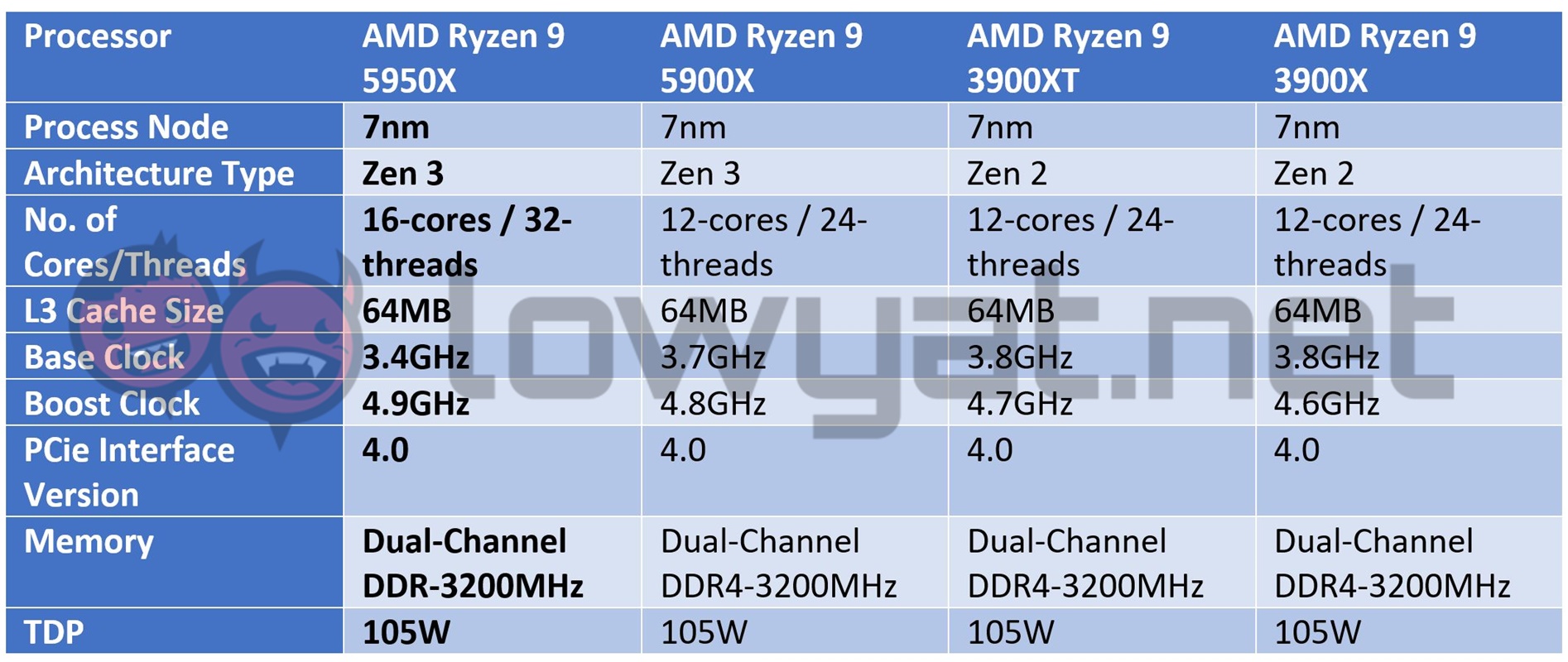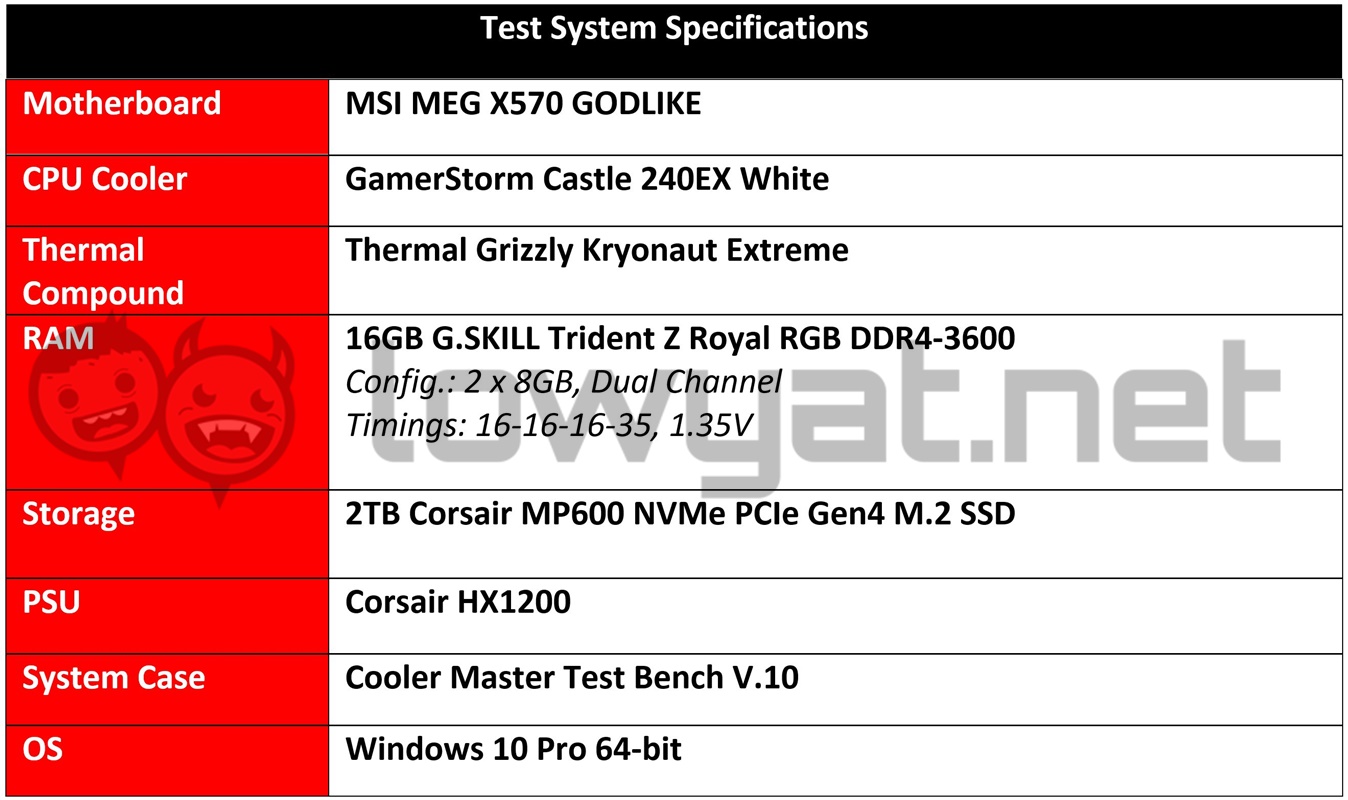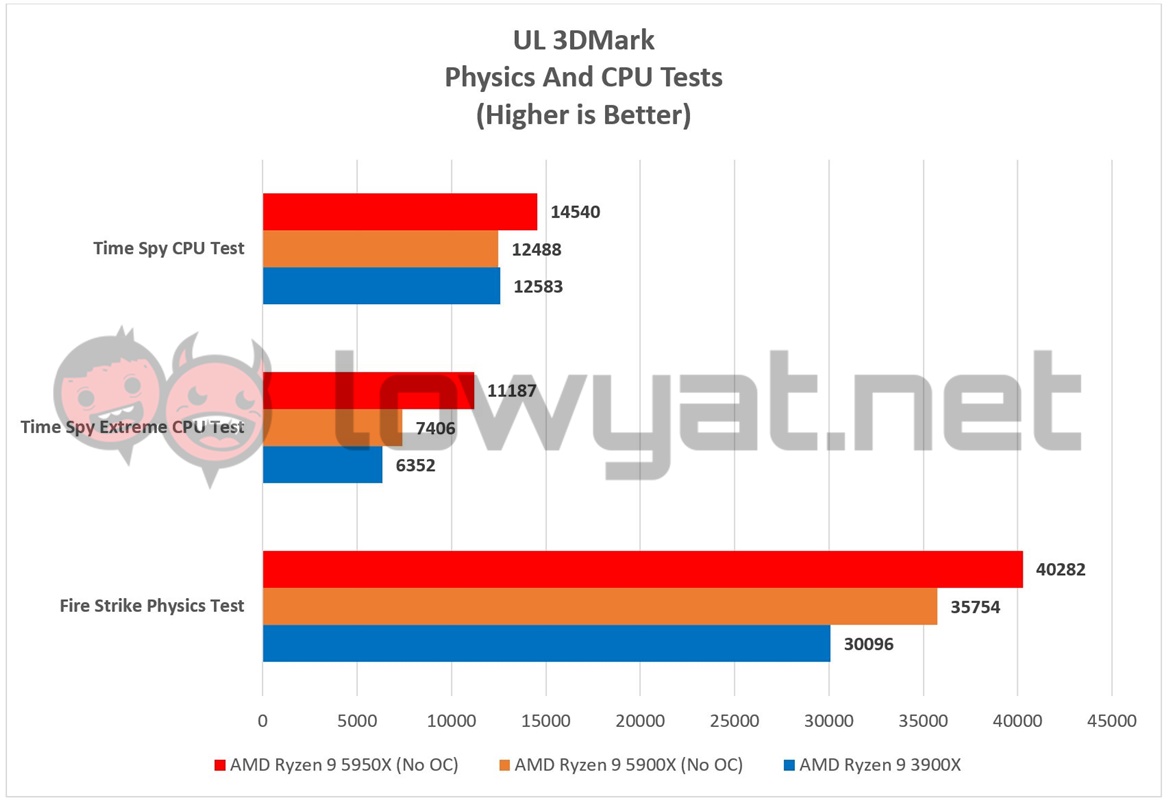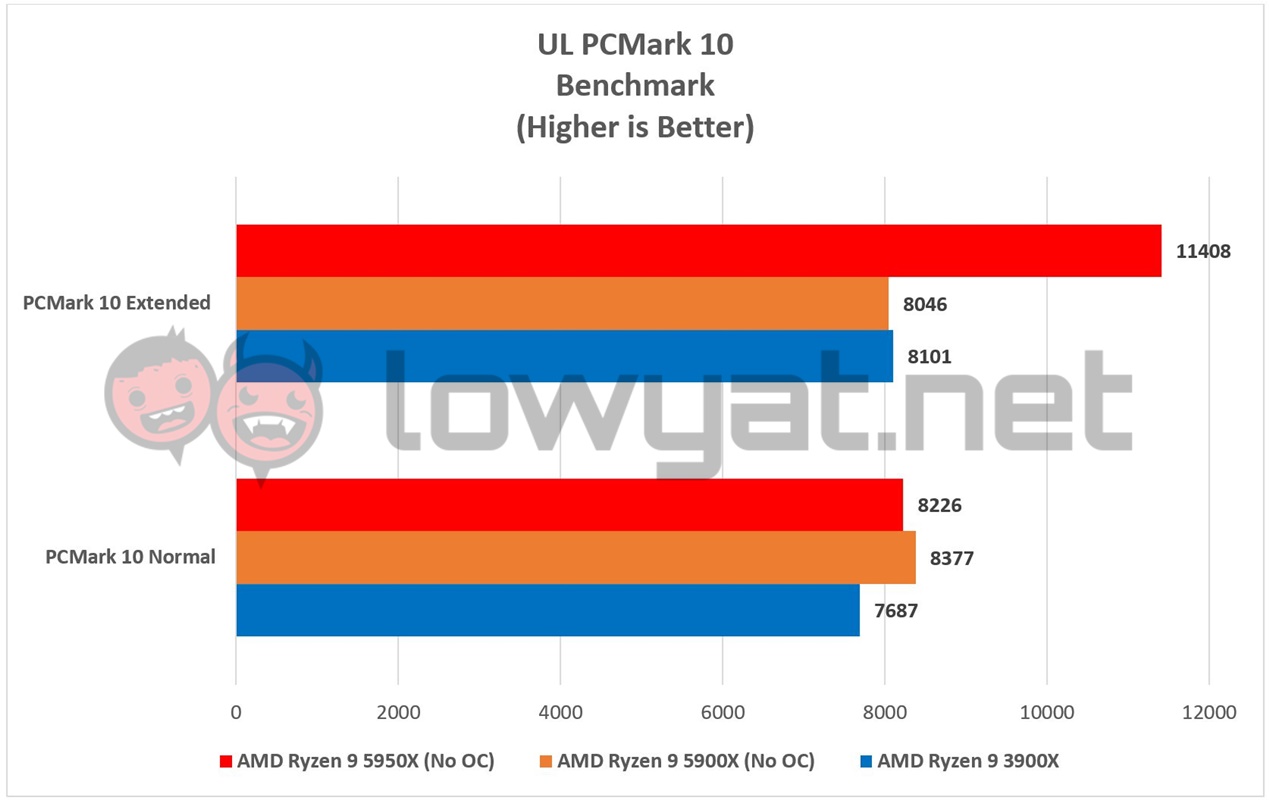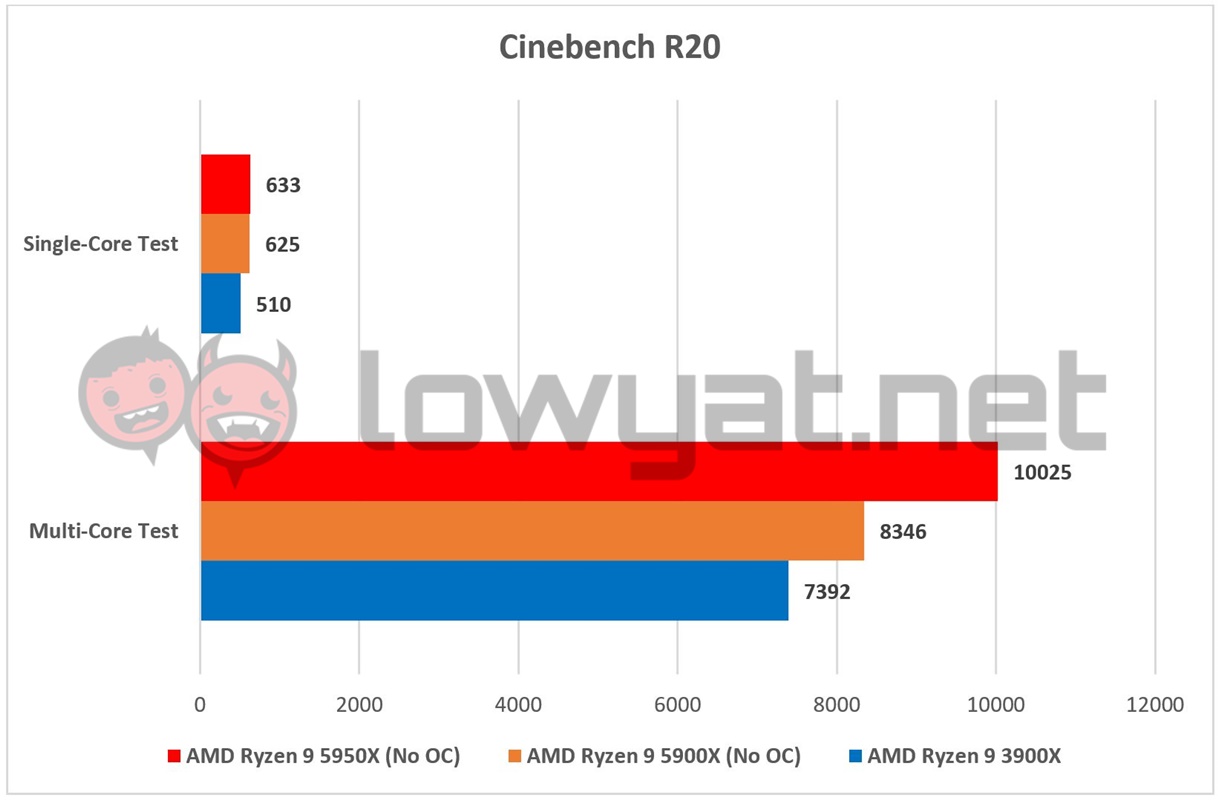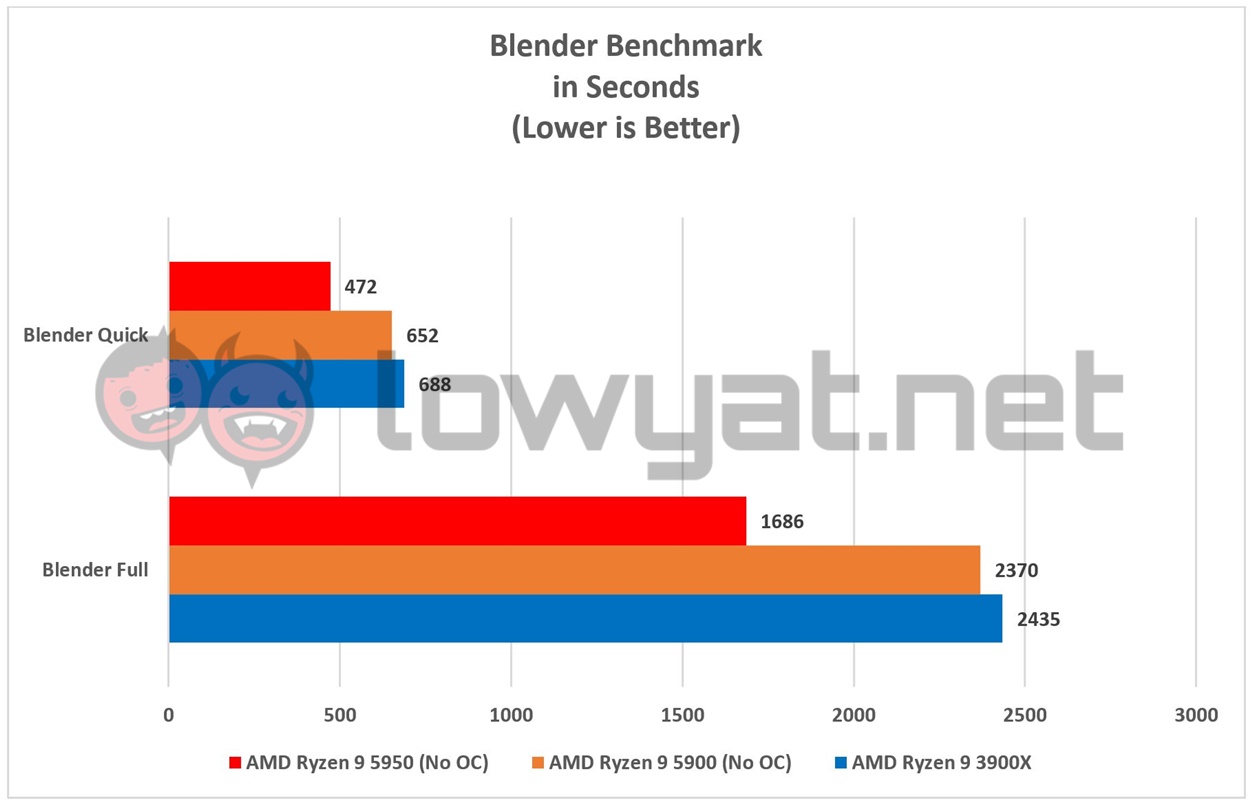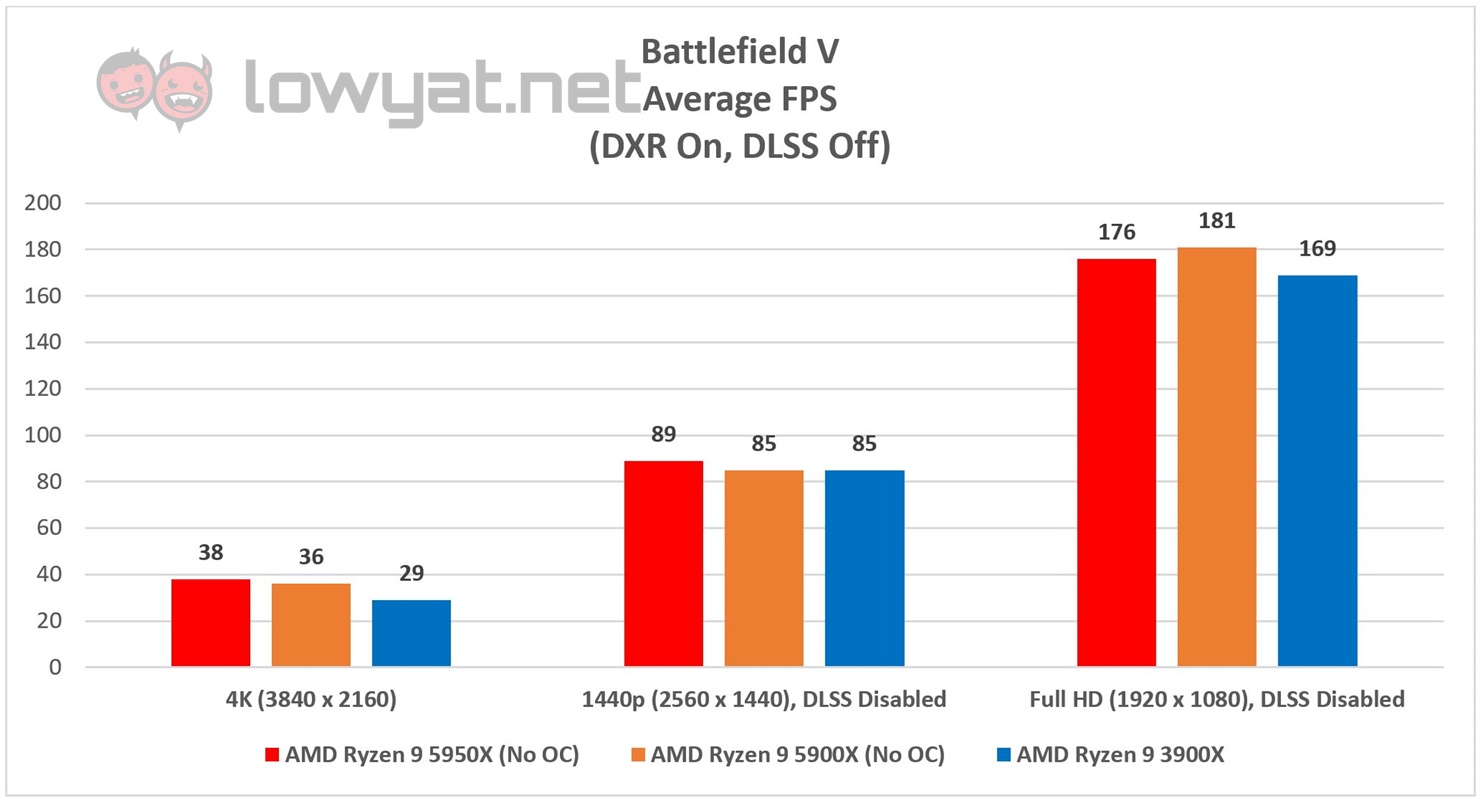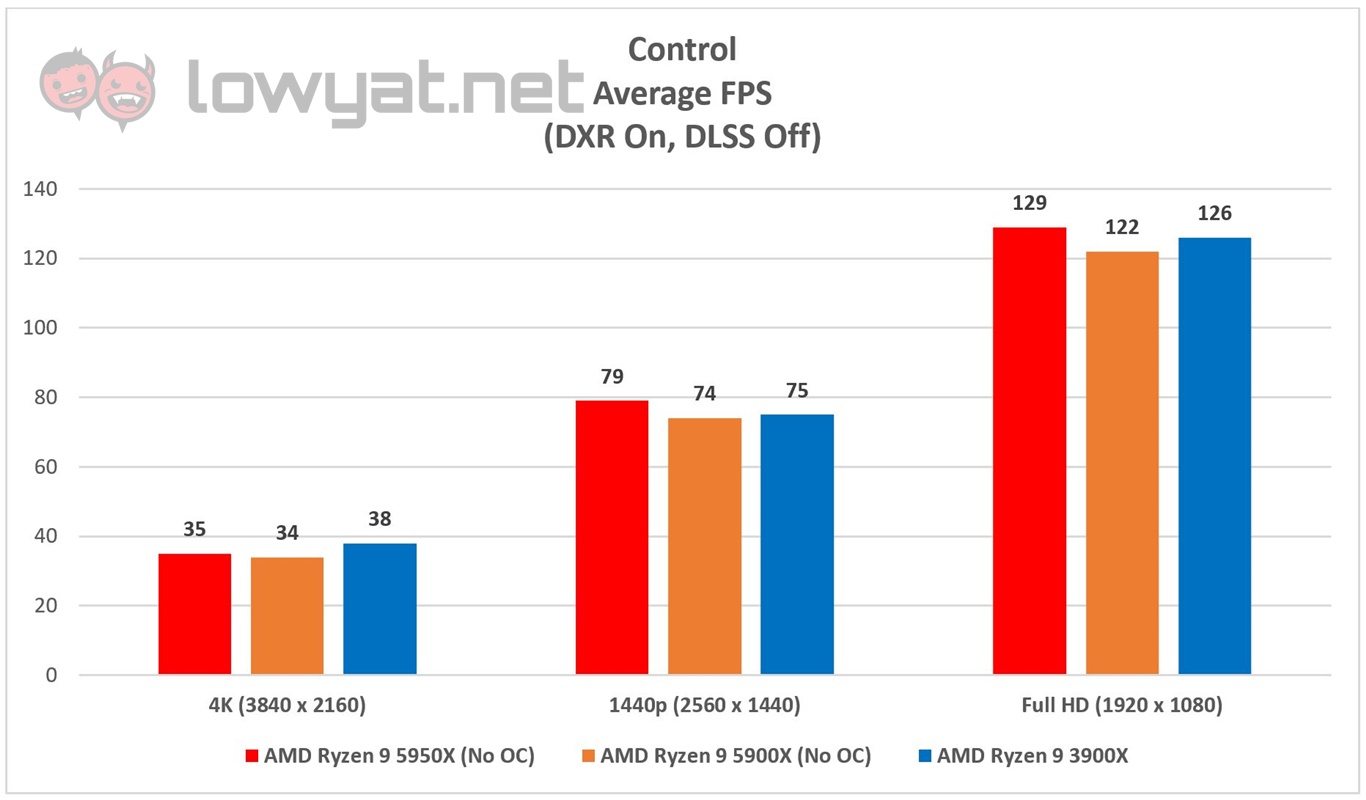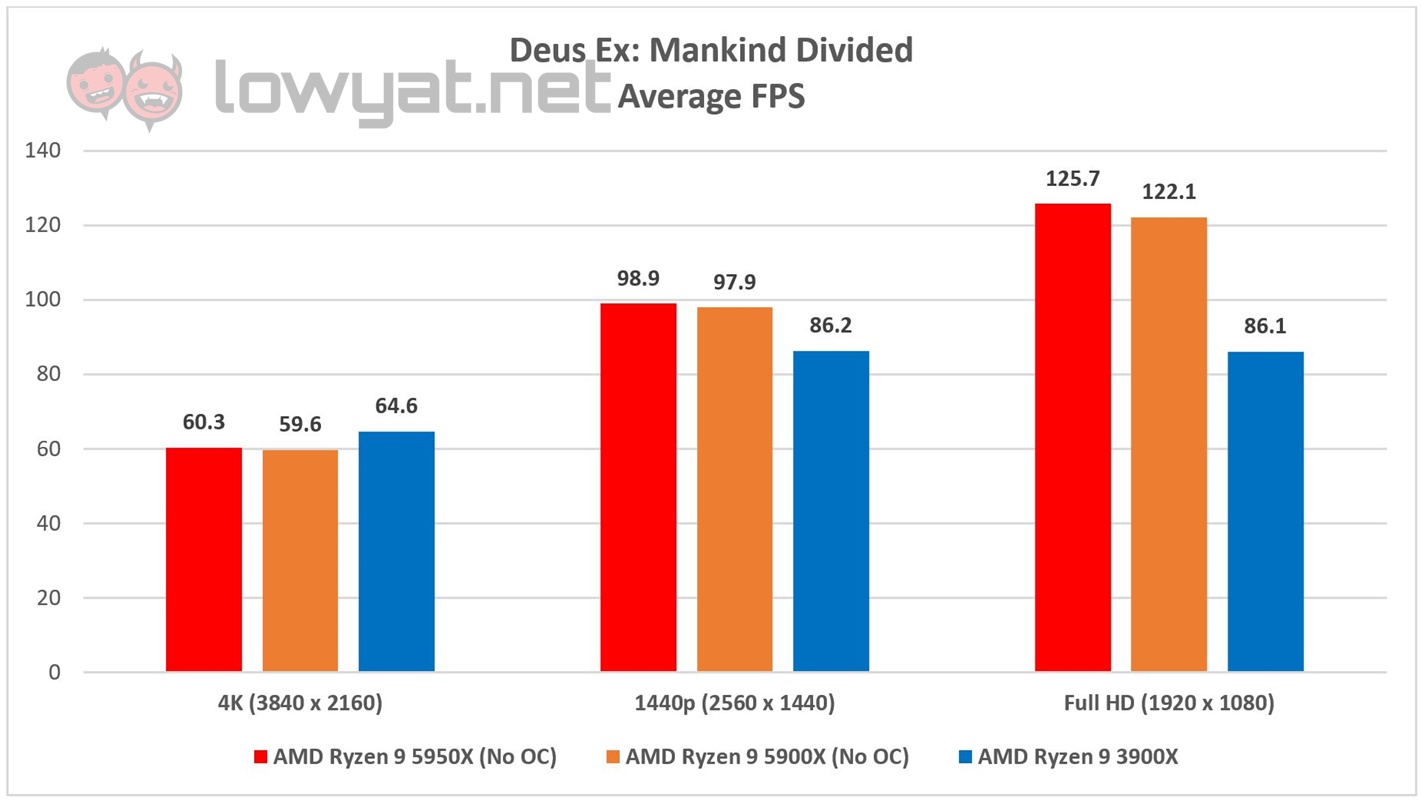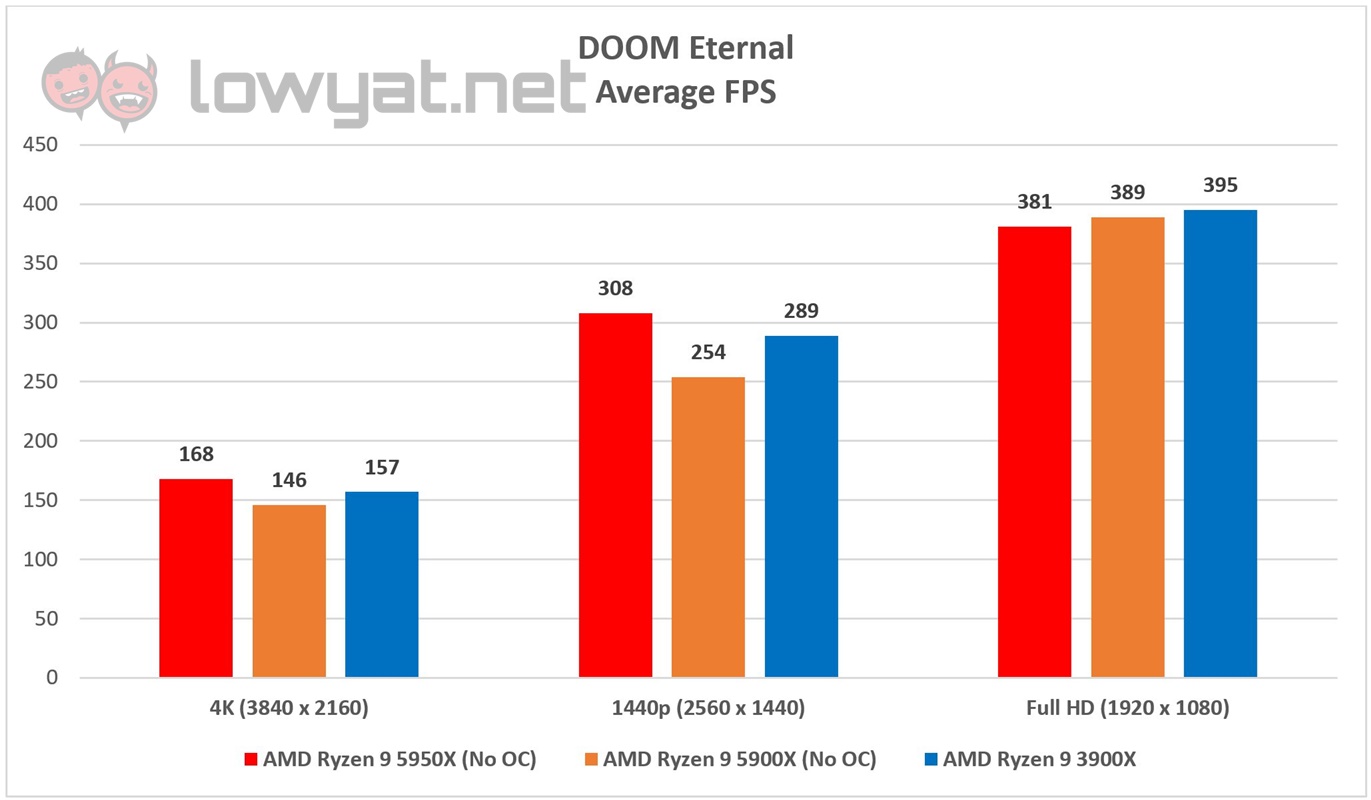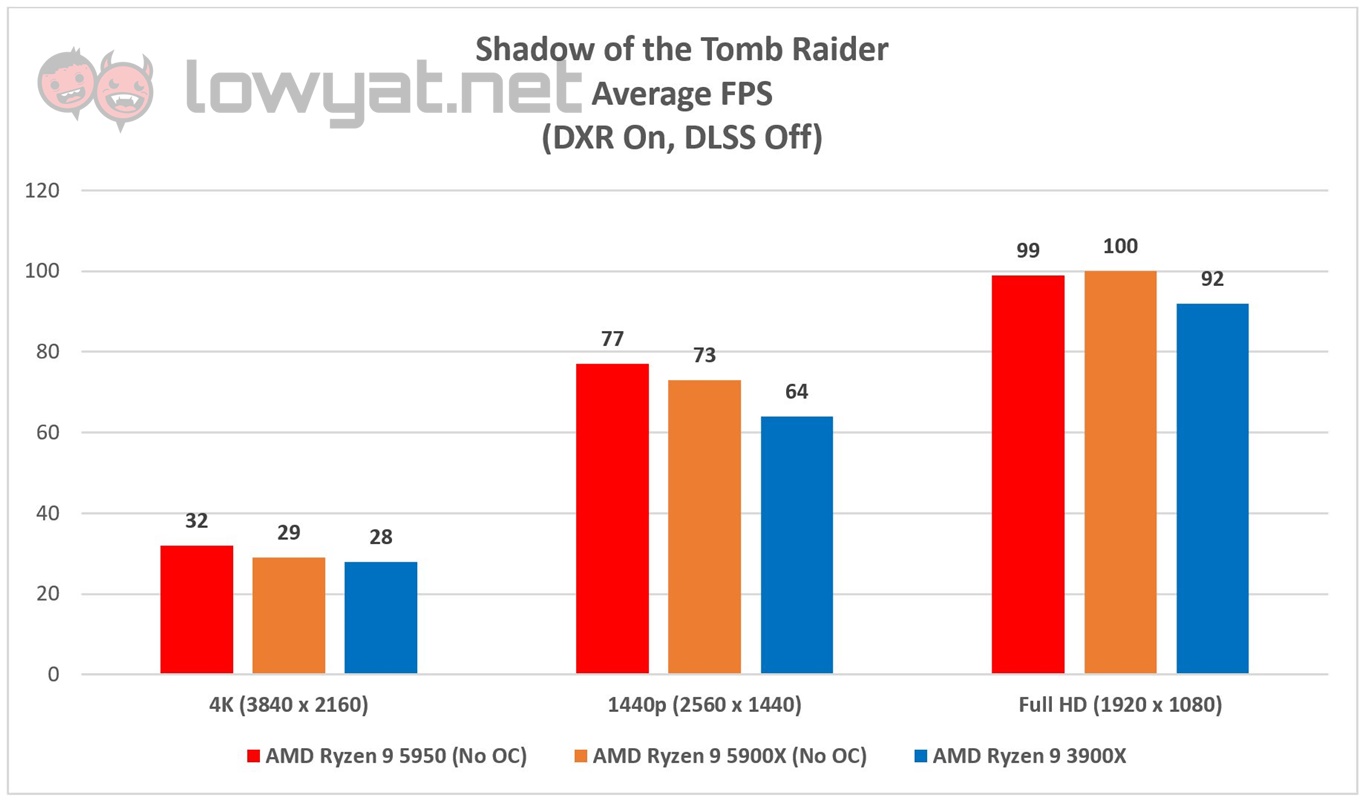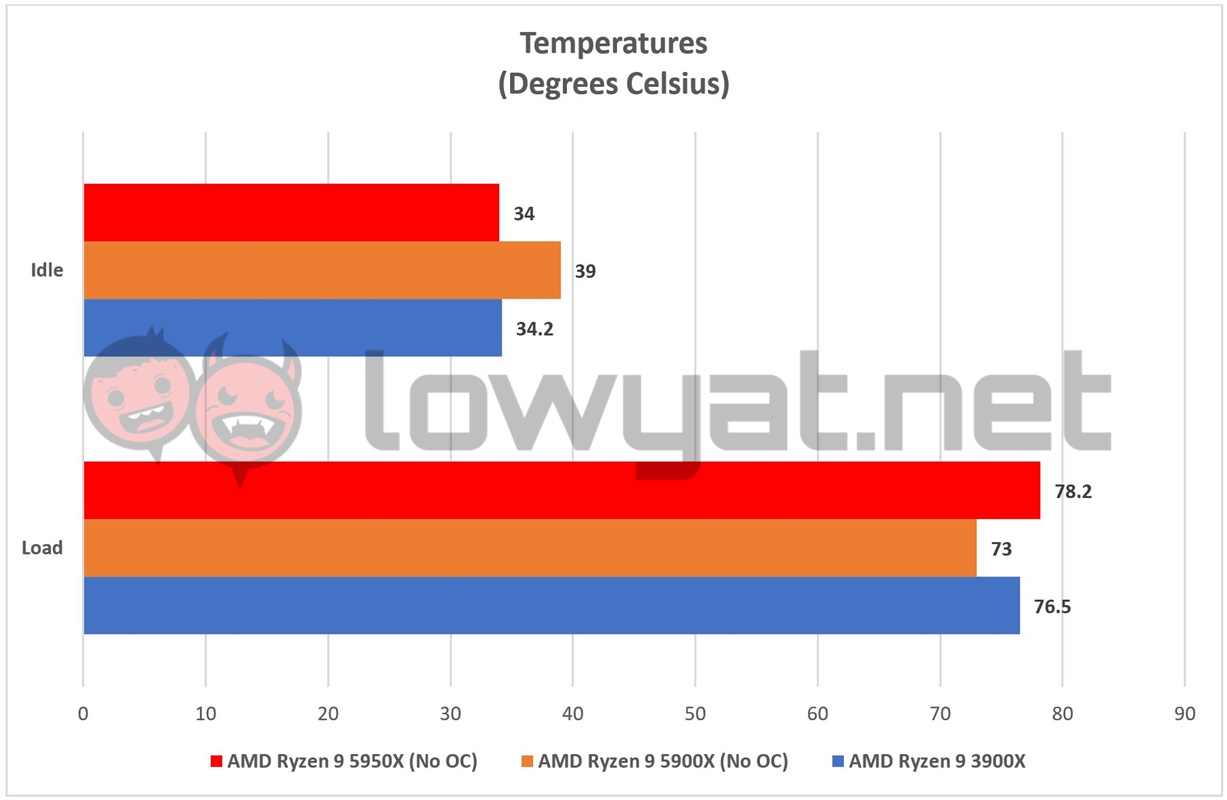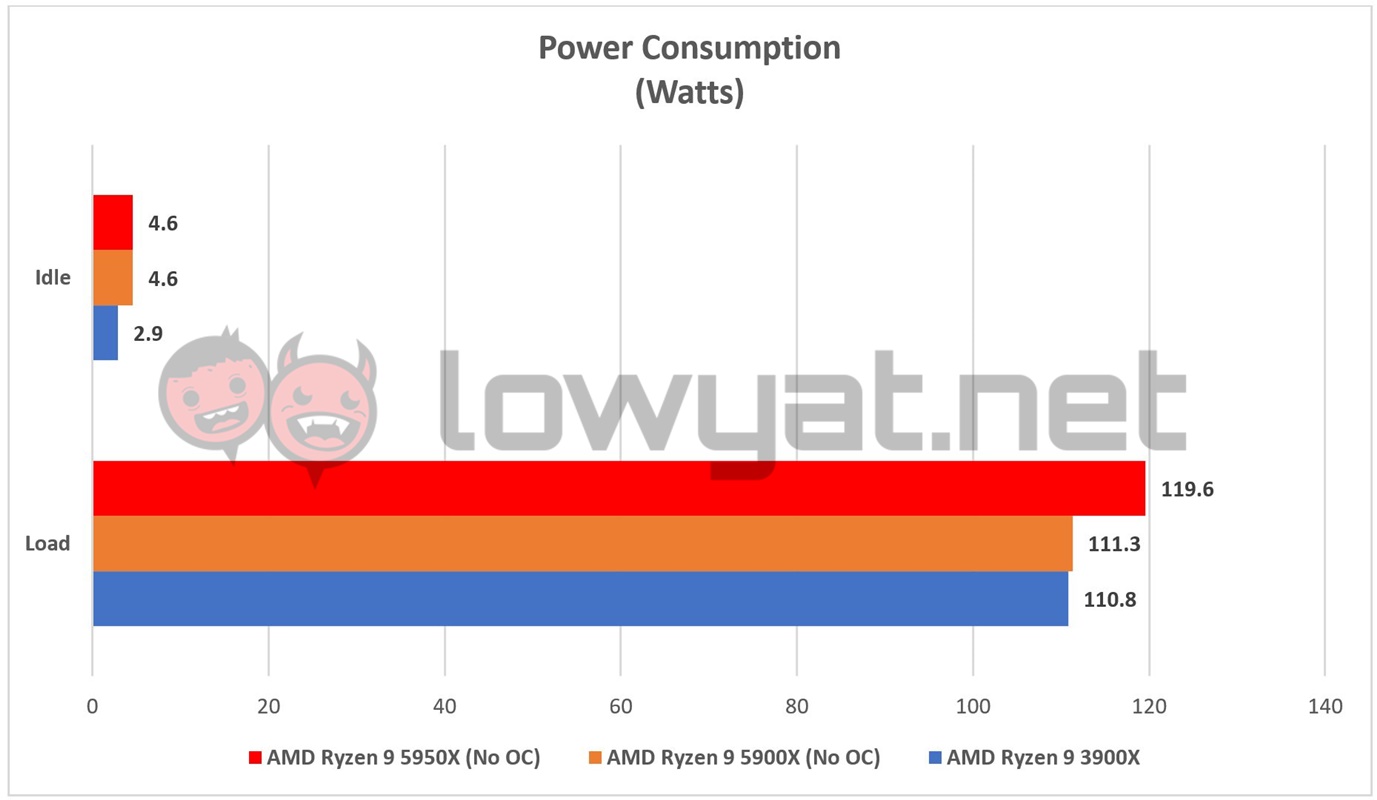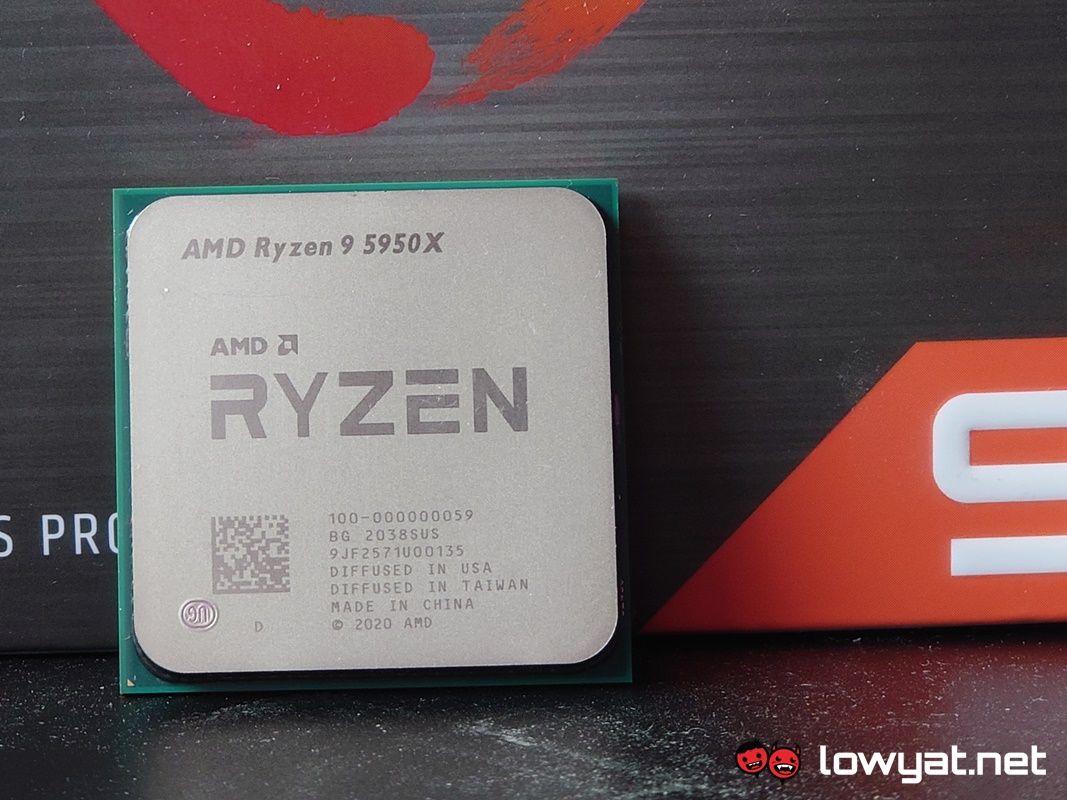Fast forward to just a little more than a year, AMD is following up with the direct successor the Ryzen 9 5950X. The question is, though, is this CPU worth the RM3700 asking price or will stepping down to the slightly cheaper, yet still just as powerful Ryzen 9 5900X, suffice for a high-end CPU.
Specification
In terms of technical details, the 5950X is virtually identical to the 3950X, save for the obvious difference in CPU architecture and increase in both base and boost clock. Besides these points, the 5950X is still based on AMD’s 7nm process node, has the same 16-cores, 32-threads, and the same 105W TDP.
Test Rig
My test rig remains unchanged since I first received the 3900X, although my choice of CPU coolers have changed over the year. As a quick recap, I am using an MSI MEG X570 GODLIKE motherboard, an 240mm AiO cooler by GamerStorm, and 16GB of DDR4-3600MHz RAM. On another note, I am pairing the 5950X with the NVIDIA GeForce RTX 3090 FE for this review, and using LG’s 27-inch UltraGear 4K Nano IPS gaming monitor.
Benchmarks
Much like my test rig, my testing methodology also remains the same. That includes the same synthetic benchmarks and game titles for real-world titles. For the record, the score listed here are the 5950X’s performance out of the box and not overclocked. On a related note and while they are not the focus here, I disabled NVIDIA’s DLSS feature for Battlefield V (BFV), Control, and Shadow of the Tomb Raider, but I am listing the scores achieved while RTX is on.
In the synthetic benchmarks, the 5950X has no problem flexing its muscles for the crowd; with 16-cores underneath the hood, the CPU virtually obliterates the 5900X and Zen 2 3900X.
Gaming with the 5950X, however, feels like a relatively standard affair. While the RTX 3090 FE – or any GPU, for that matter – is the driving force behind all games, having a 16-core CPU behind it does help in keeping the framerates consistent across the board. For non-DXR titles such as DOOM Eternal and Deus Ex: Mankind Divided (DXMD), we’re looking at similar framerates as the 5900X, even at 4K resolution.
For DXR-capable titles like BFV and Control, though, the 5950X only helps ever so slightly in pushing the frames up in 4K, specifically. As for the other two display resolutions, both the CPU and the GPU have no trouble keeping the frame count above 60 fps.
Temperature And Power Consumption
Unsurprisingly, the 5950X’s running temperature is not too far off from our expectations, given its on-paper TDP rating and despite the fact that it is running with four cores more than the 5900X. Out of the box, on a full load and with the 240mm AiO cooler, plus the consistent 20°C ambient temperature in the lab. The CPU peaked at 78.2°C.
In regards to power consumption, the 5950X pulled just slightly more than its rated TDP, which isn’t uncommon. As such, there isn’t anything out of the ordinary to report in this portion of the review.
Conclusion
As our testing shows, the AMD Ryzen 9 5950X is, beyond a shadow of a doubt, the CPU and GPU brand’s most powerful processor in its arsenal, to date. As I had said earlier, it blows virtually all of the synthetic benchmarks out of the water and does so without so much as looking back to see the proverbial destruction left in its wake. To that end, it really is a beast of burden that will undoubtedly serve content creators and video editors well. At this stage, I would usually tell you that this is a highly dependable CPU for gaming as well, and while the framerates would support the statement, they are not very different from the performance of 5900X and the older 3900X. Ultimately, dropping down to the 5900X would more than fulfil your gaming needs. More to the point, you’re still using a Ryzen 9 CPU but you’re also saving yourself RM1200. That said, if you’re investing into the 5950X for bragging rights, then rest assured, there is not better consumer-ready, Zen 3 Ryzen processor than this.
